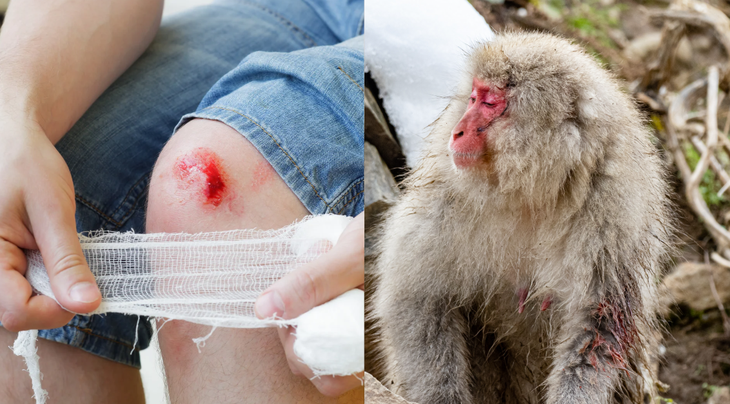
The wound healing process in humans and mammals still takes place in the same steps, but at different speeds - Illustration: AI
Understanding why human wounds heal slowly could have important applications in regenerative medicine, the treatment of chronic wounds (such as diabetic ulcers, pressure ulcers in the elderly), and even cosmetic medicine.
Human wounds heal three times slower than chimpanzees
In a new study published in the journal Proceedings of the Royal Society B: Biological Sciences , an international team of scientists said they compared wound healing rates in a variety of mammals, including mice, rats, olive baboons, Sykes monkeys, vervet monkeys and chimpanzees.
While these species have relatively similar wound healing rates, the results in humans were surprising: our wounds heal about three times slower than those of primates.
To measure recovery rates, scientists made 4cm-long wounds on the bodies of several anesthetized monkeys at the Kenya Primate Research Institute.
For chimpanzees, they analyzed photographs of natural wounds on five monkeys living in the Kumamoto Preserve in Japan. For humans, they monitored the wound healing process in 24 patients who had undergone skin tumor removal surgery at the University of the Ryukyus Hospital in Japan.
The results showed that there was no statistically significant difference in wound healing rates between primates, nor between primates and mice and rats. However, human wounds healed significantly slower, almost as if it were an evolutionary trait unique to humans.
Despite the different speeds, wound healing in humans and mammals follows similar steps: a blood clot forms to stop bleeding, followed by the arrival of immune cells such as neutrophils and macrophages to destroy bacteria and clean up necrotic tissue.
Next, fibroblasts produce collagen, the main component of connective tissue, which helps to restructure the damage, while new capillaries form to supply nutrients to the damaged skin area.
Some species, such as mice and cats, also have a wound-contracting mechanism that pulls the edges of a wound together like a stitch, helping to speed up healing.
Evolving to… heal wounds more slowly?
From an evolutionary biology perspective, slow wound healing is paradoxical. The speed at which wounds heal directly affects an organism's ability to survive, especially in the wild, where the risk of infection or predation is always present.
However, the team suggests that humans may have evolved slow wound healing after splitting from their common ancestor with chimpanzees about 6 million years ago.
One hypothesis is a change in the structure of human skin: a higher density of sweat glands led to a decrease in hair density, making the skin more exposed to the environment and more vulnerable. To compensate, human skin evolved to be thicker, increasing its protection, but also making the healing process slower.
Additionally, complex social life and the ability to use medicinal herbs, bandages, and wound care may have allowed our ancestors to survive and reproduce even when wound healing was slower.
However, the researchers stressed that more research is needed to better understand the genetic, cellular, morphological, and fossil data factors involved in the evolution of wound healing rates in humans.
Source: https://tuoitre.vn/tai-sao-vet-thuong-cua-con-nguoi-lai-lau-lanh-hon-dong-vat-20250502085153813.htm





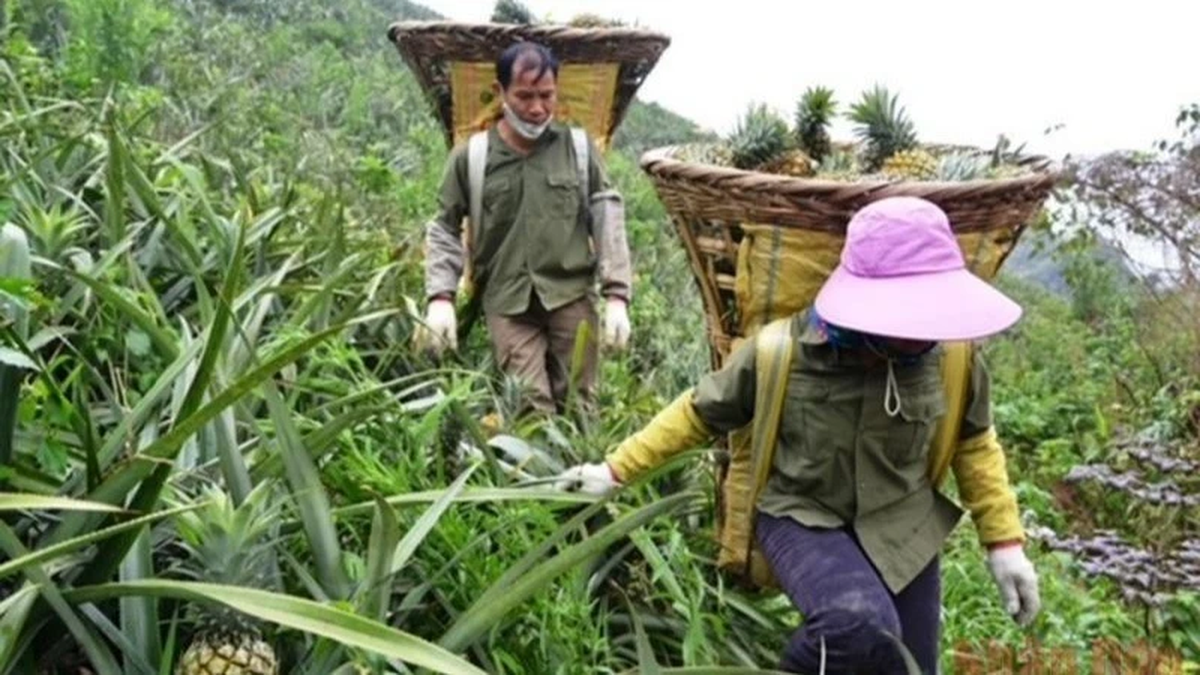












































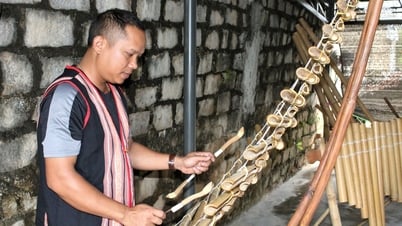











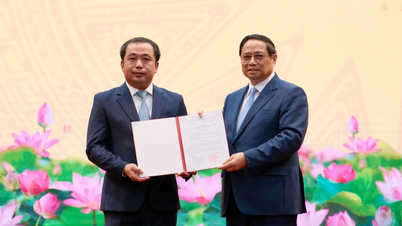





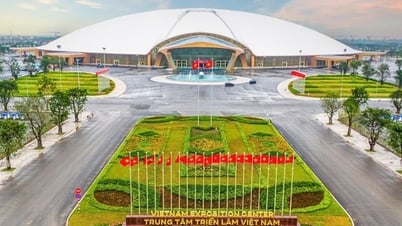




























Comment (0)